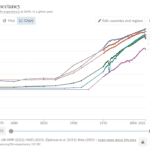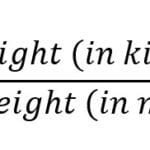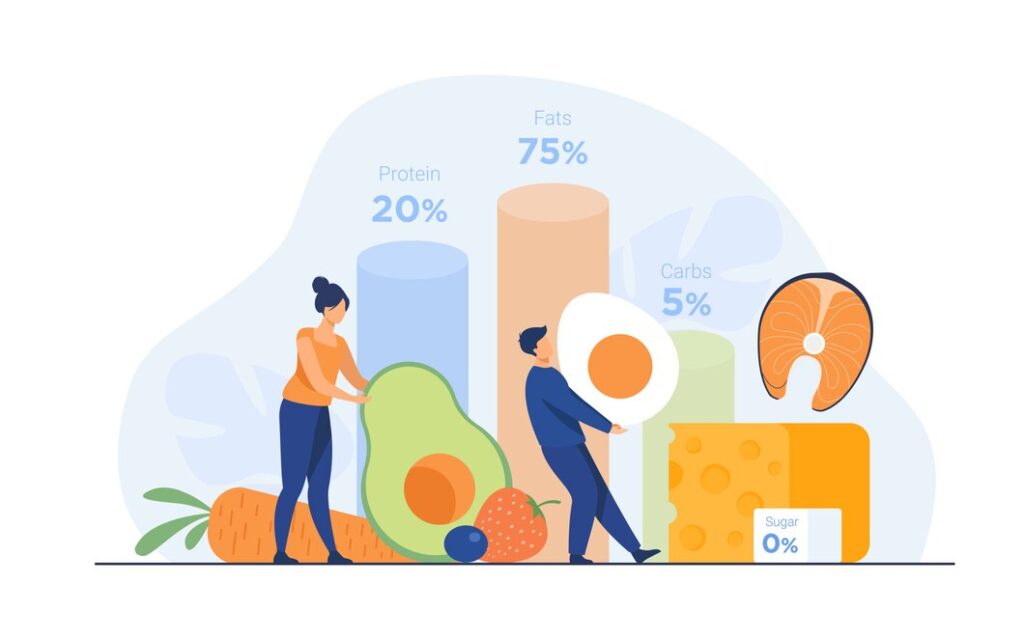Find My Calorie Deficit : Weight Loss Calculator by date
Achieving and maintaining a healthy weight is a lifelong journey that goes beyond quick fixes and fad diets. In recent years, scientific advancements have provided deeper insights into effective weight loss strategies that promote sustainable health improvements. This article delves into the latest research on weight loss, exploring how modern approaches and tools can support you in achieving your weight goals.
Weight Loss Calculator

The Science Behind Weight Loss
At its core, weight loss is governed by the principle of energy balance. Consuming fewer calories than your body needs for maintenance and daily activities compensates by utilizing stored energy, primarily from fat reserves, resulting in weight loss. Conversely, consuming more calories than expended leads to weight gain.
Caloric Management: The Foundation of Weight Loss
Understanding Calories
Calories are units of energy derived from food and beverages. They fuel bodily functions such as breathing, digestion, and physical activity. Understanding caloric content and expenditure is crucial for effective weight management.
How Many Calories Should I eat To Lose Weight?
Individual caloric requirements vary based on factors like age, gender, weight, height, and activity level. Several equations estimate daily caloric needs, including the Harris-Benedict Equation and the Mifflin-St Jeor Equation. These formulas calculate Basal Metabolic Rate (BMR) Calculate your BMR here , which is then multiplied by an activity factor to determine Total Daily Energy Expenditure (TDEE). TDEE Calculator here
Calculating Caloric Deficit ( Or just Use Our free calorie deficit calculator)
A caloric deficit, where caloric intake is less than caloric expenditure, is essential for weight loss. A deficit of approximately 500 calories per day is generally recommended, leading to a weight loss of about one pound per week. This approach ensures gradual and sustainable weight loss, minimizing muscle loss and other potential health risks..
Here is the table with calorie needs for men and women by age group and activity level:
| Age Group | Sedentary Women | Moderately Active Women | Active Women | Sedentary Men | Moderately Active Men | Active Men |
|---|---|---|---|---|---|---|
| 19-25 | 2000 kcal | 2200 kcal | 2400 kcal | 2400 kcal | 2600 kcal | 3000 kcal |
| 26-35 | 1800 kcal | 2000 kcal | 2200 kcal | 2400 kcal | 2600 kcal | 2800 kcal |
| 36-45 | 1800 kcal | 2000 kcal | 2200 kcal | 2400 kcal | 2600 kcal | 2800 kcal |
| 46-55 | 1800 kcal | 2000 kcal | 2200 kcal | 2200 kcal | 2400 kcal | 2600 kcal |
| 56-65 | 1600 kcal | 1800 kcal | 2000 kcal | 2200 kcal | 2400 kcal | 2600 kcal |
| 66+ | 1600 kcal | 1800 kcal | 2000 kcal | 2000 kcal | 2200 kcal | 2400 kcal |
You are on Right track, Let us Provide you with Right Tools – a Free App!
Recipians helps you lose weight by offering healthy, calorie-controlled recipes, personalized meal plans, and tools like a Calorie, Sleep, Workout, BMI etc. trackers. Stay on track with progress monitoring, expert tips, and community support—all designed to help you achieve sustainable weight loss while enjoying nutritious, delicious meals every day.
7 Best Exercises to Lose Weight Faster
When it comes to weight loss, combining strength, cardio, and flexibility can maximize your results. Here are 7 of the most effective exercises to shed pounds quickly:
1. High-Intensity Interval Training (HIIT)
- Alternating short bursts of intense exercise with low-intensity recovery.
- Burns more calories in less time.
- Boosts metabolism for hours post-workout.
2. Running or Jogging
- A simple, effective way to burn calories.
- Running at 6 mph burns roughly 600 calories/hour.
- Great for cardiovascular health and fat loss.
3. Cycling
- Stationary or outdoor cycling can burn 400-700 calories/hour.
- Strengthens lower-body muscles and improves endurance.
4. Swimming
- Full-body workout engaging multiple muscle groups.
- Burns 500-700 calories/hour, depending on stroke intensity.
- Low-impact, great for joints.
5. Strength Training
- Builds lean muscle mass, which increases resting metabolic rate.
- Compound movements like squats, deadlifts, and presses burn fat effectively.
6. Jump Rope
- Excellent cardio workout; burns 500-600 calories/hour.
- Improves coordination and cardiovascular health.
7. Rowing
- Combines strength and cardio.
- Burns 500-600 calories/hour.
- Targets upper body, back, and core muscles.

FAQ about Losing Weight Quickly –
Behavioral and Lifestyle Modifications for easier weight loss
- Self-Monitoring
Keeping track of food intake, physical activity, and weight progress through journals or mobile applications can enhance awareness and accountability, leading to more successful weight loss outcomes. - Goal Setting
Establishing realistic and measurable goals provides direction and motivation. For example, aiming to lose 1 kilogram per week is a safe and attainable target. - Stress Management
Chronic stress can lead to emotional eating and weight gain. Incorporating stress-reduction techniques such as mindfulness, meditation, and deep-breathing exercises can support weight loss efforts. - Sleep Hygiene
Adequate sleep is vital for hormonal balance and appetite regulation. Adults should aim for 7-9 hours of quality sleep per night to support overall health and weight management.
Conclusion
Achieving and maintaining weight loss involves a multifaceted approach, including mindful caloric intake, balanced nutrition, regular physical activity, and realistic goal setting. Consulting healthcare professionals for personalized guidance can further enhance success and ensure health and safety throughout the journey.





